High School Programs
Please note that program lengths can be modified to fit class times as needed.
Make your reservation by calling 336.758.5282 or emailing lammuseum@wfu.edu.
You can navigate by clicking the buttons below or by scrolling.
World History
World Religions (Unit 1)
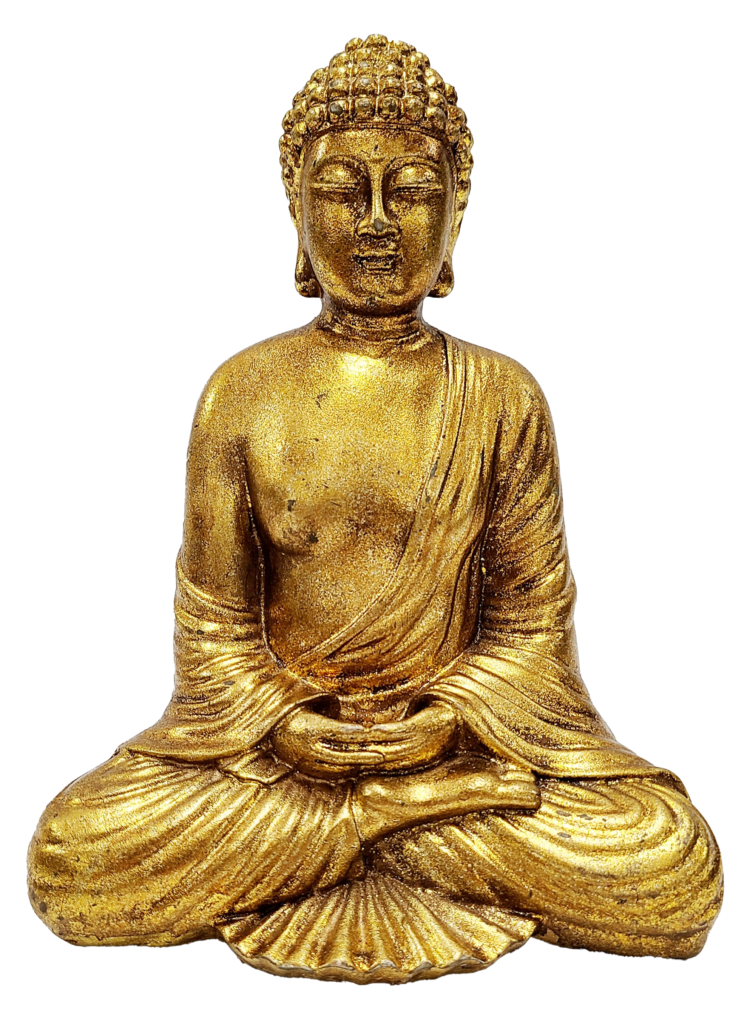
The diversity of religious faiths, traditions, and rituals of people around the world is a main component of what defines cultures and civilizations. Through discussion, activities, images, and hands-on artifacts, students will explore the beliefs, practices, and spread of some of the world’s major and lesser-known religions. This program is designed as an introduction to Christianity, Islam, Judaism, Buddhism, and Hinduism, but a more in-depth program can be requested on individual religions. Other religions available upon request.
Time required: 1.5 hours
Standards: WH.B.2.2, WH. C&G.1.1
- Buddhism Through images, hands-on artifacts, video clips, and activities students will discover who Buddha was, what different images of him mean, and the teachings of Buddhism.
- Christianity Students will learn about the rise, spread, and diversity of Christianity through discussion, images, hands-on artifacts, and activities.
- Hinduism Discussion, images, hands-on artifacts, and activities will introduce students to the history, practices, denominations, and the pantheon of gods and goddesses of Hinduism.
- Islam Using images, hands-on artifacts, video clips, and activities students will learn about the importance of historical figures in Islam such as Mansa Musa, the various sects, and the Five Pillars of Islam.
- Judaism Through discussion, images, hands-on artifacts, and activities students will learn about the many sects, clothing, and teachings of Judaism and discover the difference between being of Jewish ancestry and practicing the Jewish religion.
Key Events (Units 1, 2, 6 & 8)
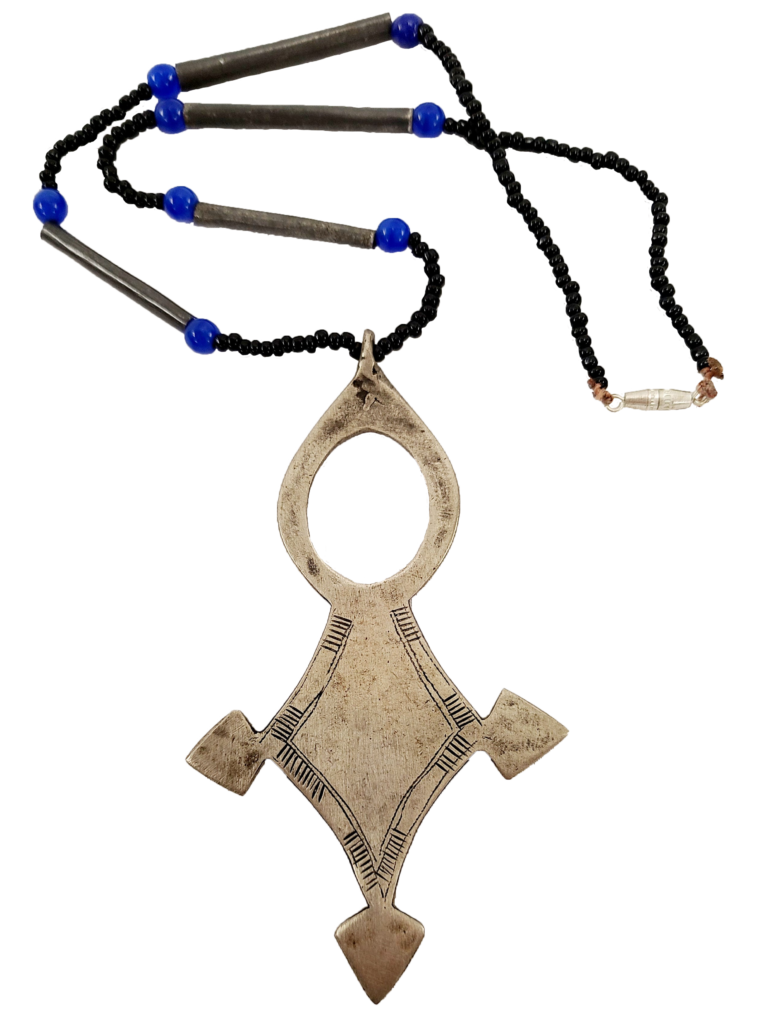
The ancient world was filled with rich, powerful, and important kingdoms. These empires created art, architecture, technological inventions, writing and math systems, effective governments, and trade routes still being used today. Our programs will focus on the cultural identity, events, and lasting impacts of civilizations from Asia, Africa, and the Americas. Each program includes a discussion of the lasting effects of the Columbian Exchange.
Time required: 1.5 hours
Standards: WH.B.1.1, WH.B.1.2, WH.B.2.2, WH.B.2.3, WH.C&G.1.1, WH.E.1.1, WH.E.1.3, WH.G.1.1, WH.G.1.2, WH.G.2.2, WH. H.1.1, WH.H.1.2, WH.H.1.3, WH.H.1.4, WH.I.1.3, WH.I.1.4
Choose one of the following civilizations. Multiple civilizations can be combined into one program which will be modified for time. Other civilizations available upon request.
- China One of the oldest civilizations in the world, China’s influence on the world is immeasurable. Through discussion, images, hands-on artifacts, and activities, students will learn about Buddhism, Confucianism, the Silk Road, Qin Dynasty, silk production, and other lasting Chinese achievements.
- Mongols and the Khans Led by Genghis Khan, Mongols created the largest land empire in the world. Using images, hands-on artifacts, and activities students will discuss the religious tolerance, spread of innovations, and military strategies that made the Mongols so powerful.
- Feudal Japan For a very long time Japan was an isolated kingdom, but its impact on cultures around the world continues. Students will explore the geography, Shintoism, and feudal system of ancient Japan using images, hands-on artifacts, activities, and discussion.
- Mansa Musa and Mali Africa is a continent that had many ancient kingdoms with powerful kings. Through images, hands-on artifacts, and activities students will look at religions, trading power, achievements, architecture, and inventions from the kingdom of Mali. Students will discuss the influence, wealth, and rule of Mansa Musa. Ghana, Songhai, and Mali can be combined into one program on the West African kingdoms.
- Aztec and Maya Empires Mesoamerica was home to several ancient civilizations. Using images, hands-on artifacts, and activities students will explore the religions, achievements, arts, governments, and innovations of the ancient Maya and Aztec. Students will discuss the rise, decline, conquest, and lasting influence of the Maya and Aztec empires.
Trade Routes (Units 1, 6 & 8)
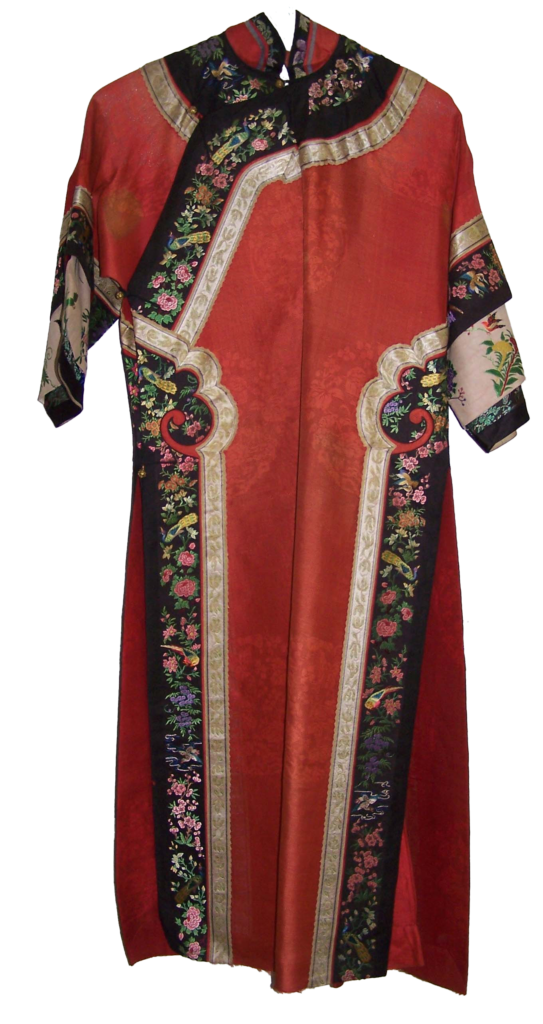
In ancient times, extensive land and sea trading routes connecting China, Europe, India, Africa, and the Middle East were used to move goods, music, languages, ideas, innovations, foods, religions, and people throughout the world.
Time required: 1.5 hours
Standards: WH.B.1.1, WH.B.1.2, WH.B.2.2, WH.C&G.1.1, WH.E.1.1, WH.E.1.3, WH.G.1.1, WH.G.1.2, WH.G.2.2, WH. H.1.1, WH.H.1.2, WH.H.1.3, WH.H.1.4, WH.I.1.3, WH.I.1.4
Choose one of the following trade routes. Multiple routes can be combined into one program.
- Silk Roads Using images, hands-on artifacts, activities, and discussion students will discover how trade along the Silk Roads created environmental, cultural, and political changes that still impact the world today.
- Trans-Saharan Trade Routes Using images, discussion, hands-on artifacts, and activities students will learn about the hardships, rewards, and lasting impact of the Trans-Saharan trade routes
Rising Identity (Unit 2)
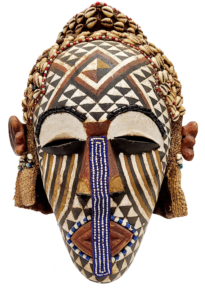
Cultural Arts The personal and cultural identity of a people can be influenced, created, and changed by their arts. Using images, video clips, hands-on artifacts, and activities students will explore some of the art, masking, dance, music, storytelling, and literature from Africa, Asia, Oceania, and the Americas. Specific civilizations available upon request.
Time required: 1.5 hours
Standards: WH.B.1.1, WH.B.2.1, WH.H.1.2
Electives
African American Studies (Units 1-3)
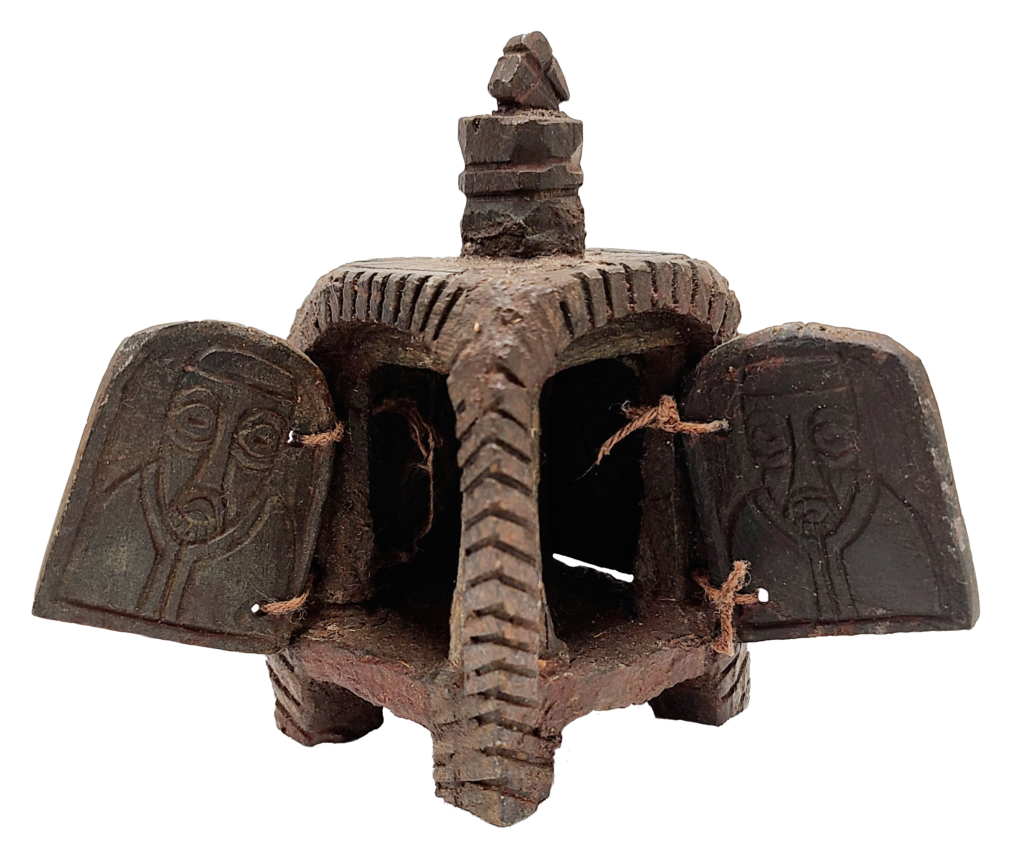
The African continent had many powerful kingdoms that thrived before European intervention. Using images, hands-on artifacts, activities, and discussion programs will cover the lasting religious, cultural, economic, and political effects of some of these empires. These programs will be tailored to the specifications of the teacher.
Available topics: West African Kingdoms, Aksum/Ethiopia, Trans-Sahara Trade Routes
Other topics upon request.
Time required: 1.5 hours
Standards: C.1.2, C.1.3, C.1.4, G1.1, G.1.2, H.1.2
American Indian Studies (Units 1-9)
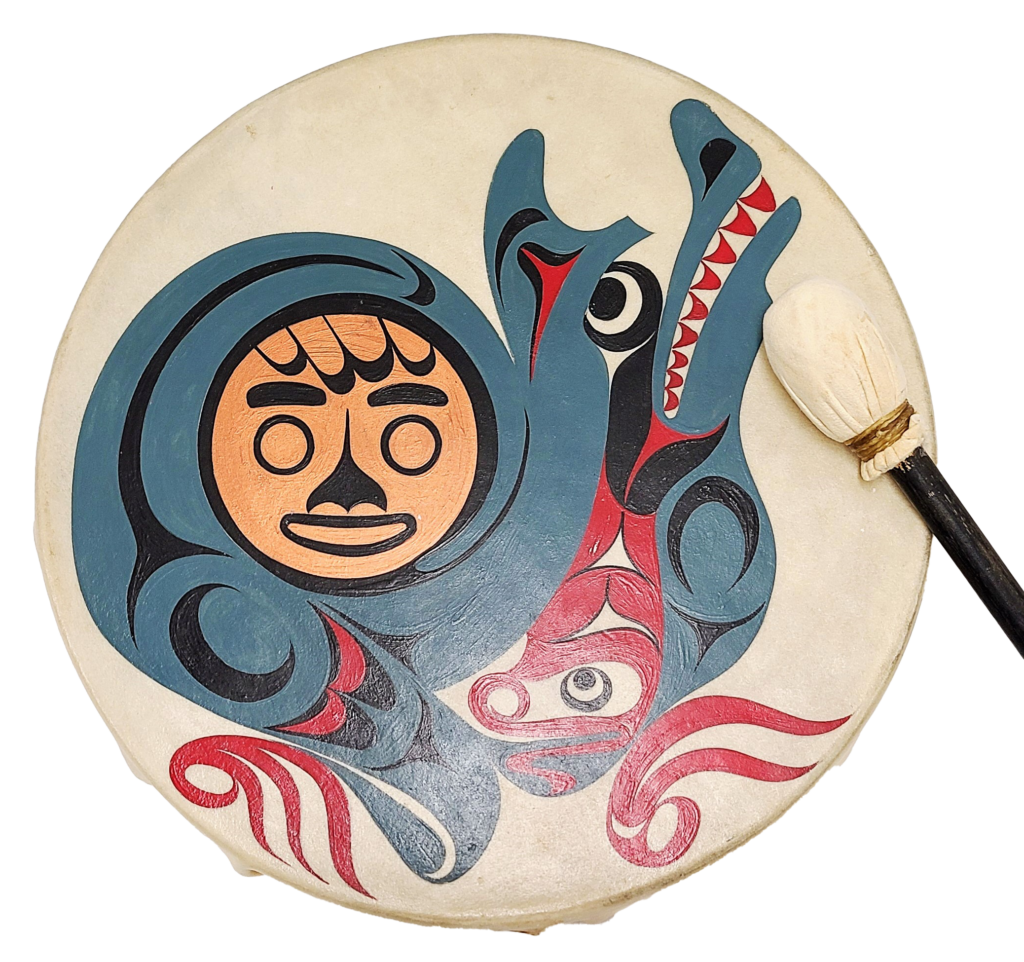
The history of the Indigenous peoples of North America is a long and complicated one. Programs will use images, activities, video clips, hands-on artifacts, and discussion to focus on the diversity, conflicts, activism, and modern issues of Indigenous cultures. These programs will be tailored to the specifications of the teacher.
Available topics: Identity and Indigenous People, Indigenous Arts (music, dance, storytelling), Tribes and the Five Regions, US Government and Indigenous People, Indigenous People and North Carolina, Appropriation and Stereotypes, Activism, Lasting Impacts, Modern Issues
Other topics upon request.
Time required: 1.5 hours
Standards: C.1.1, C.1.2, C.1.3, C.1.4, C&G.1.1, C&G.1.3, C&G.1.4, E.1.1, E.1.2, E.1.3, G.2.1, G.2.2, G.2.3, G.2.4, H.1.1, H.2.1, H.2.2, H.2.3, H.2.4
Latin American Studies (Units 1-8)
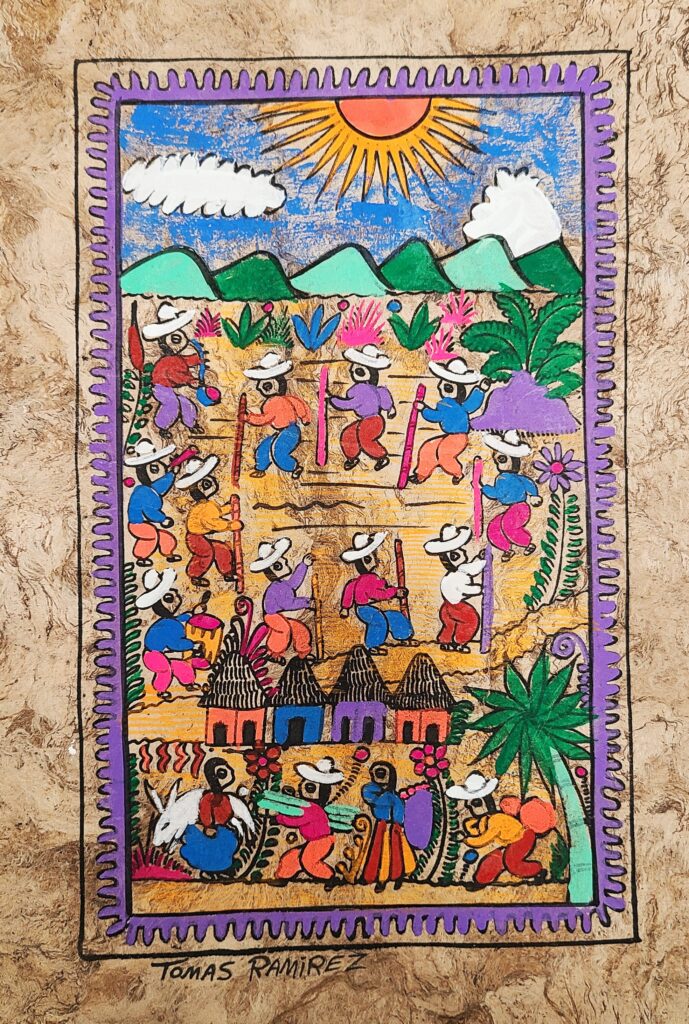
Latin America encompasses a vast area with a multitude of diverse people and cultures. Through discussion, images, video clips, hands-on artifacts, and activities, programs will focus on the diversity, arts, migration, and modern issues of various cultures. These programs will be tailored to the specifications of the teacher.
Available topics: Culture and Identity, Día de los Muertos, Arts (music, dance), Maya, Aztec, and Inca Civilizations, Conquest and Colonization, Migration, Lasting Impacts, Latin Americans in North Carolina and the US, Modern Issues
Other topics upon request.
Time required: 1.5 hours
Standards: C.1.1, C.1.2, C.1.3, C.1.4, C&G.1.1, C&G.1.2, C&G.2.3, G.2.1, G.2.2, G.2.3, H.1, H.2.1
All Grades
Working in a Museum
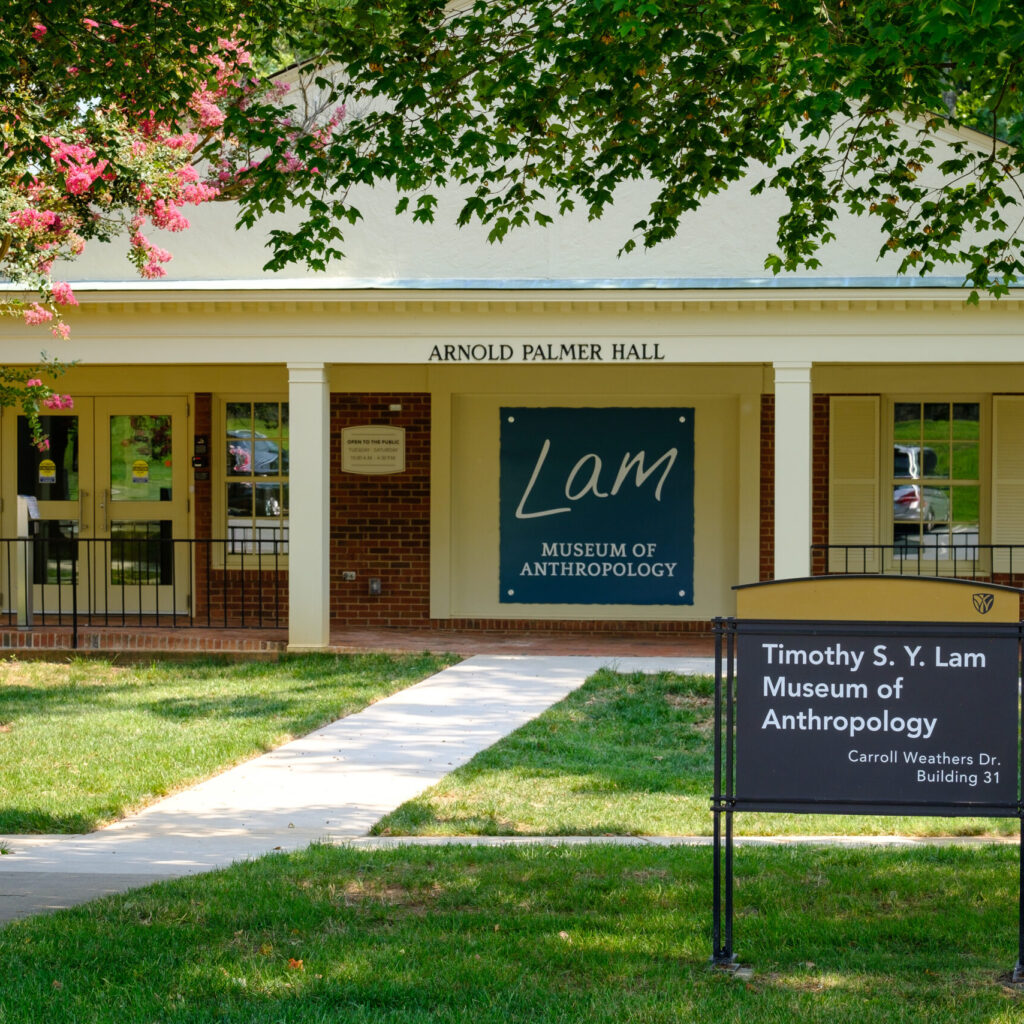
Ever wonder what employees at a museum do? Through discussions with the Lam Museum of Anthropology staff, students will discover the different types of jobs involved in running a museum. This program is only offered in the museum and includes a tour of the classroom, galleries, and collection spaces of the museum.
Time required: 1 to 1.5 hours depending on group size
This program is not available as outreach.
Foreign Language Programs
These programs are designed to expose students to cultures related to their language study and to serve as writing and conversation prompts. Programs are presented in English and can be adapted to any grade level.
Spanish – Día de los Muertos/Day of the Dead
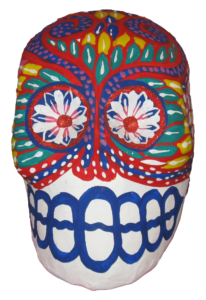
It’s not Mexican Halloween. Celebrating the dead is a tradition with a long history in parts of Mexico and Central America. Using images, hands-on artifacts, activities, and discussion, students will learn about the true meaning of Day of the Dead. This program can be enhanced by visiting the exhibit Life after Death: Celebrating Day of the Dead. A craft project can be included for an additional fee.
Time required: 45 min. to 1.5 hours
Spanish – Ancient American Civilizations
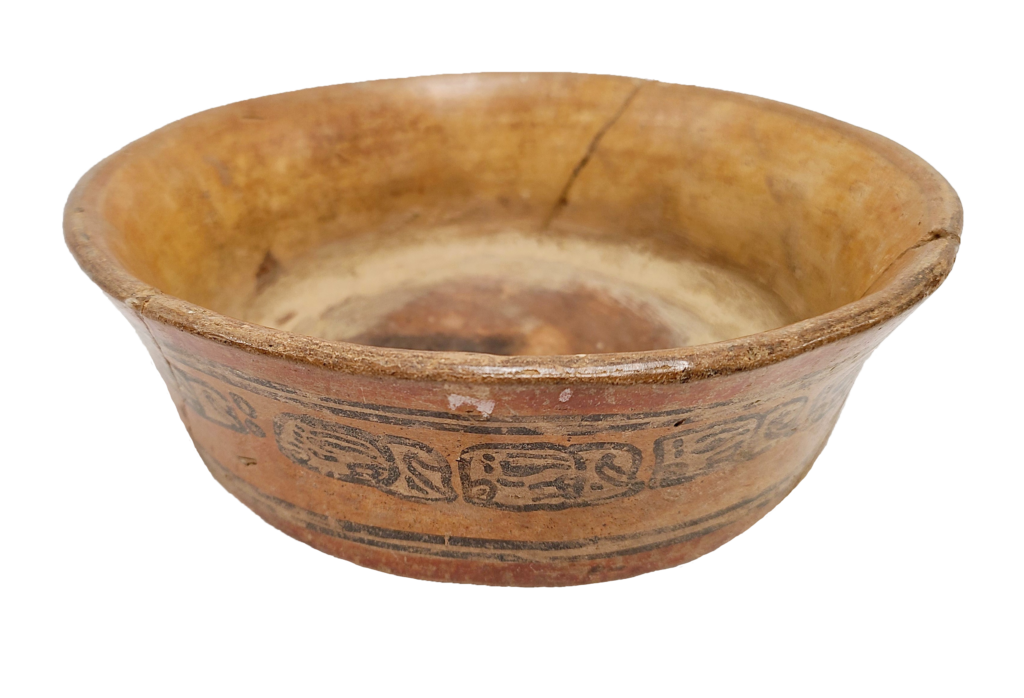
The Americas were home to several ancient civilizations. Using images, hands-on artifacts, activities, and discussion, students will learn about the religions, achievements, arts, governments, rise and decline, and lasting influence of the Aztec, Maya, and Inca empires.
Time required: 1.5 hours
Chinese – Chūnjié/Chinese New Year
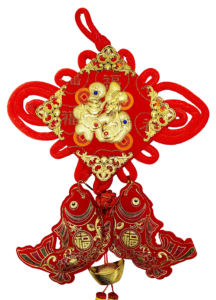
The most important holiday in China is New Year, known as Lunar New Year or Spring Festival. Through discussion, images, hands-on artifacts, and activities, students will discover how people decorate, what they eat, and why Lunar New Year is celebrated at different times each year. A craft project can be added for an additional fee.
Time required: 1 to 1.5 hours
Chinese – Silk Roads
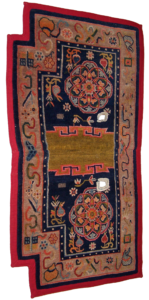
In ancient times, extensive land and sea trading routes were used to move goods, music, languages, ideas, innovations, foods, and religions throughout the world. Students will explore the various segments of the Silk Road trade routes from China to Europe through images, hands-on artifacts, activities, and discussion. They will discover how trade affected environmental, cultural, and political changes that still impact the world today.
Time required: 1.5 hours
Chinese – Ancient China
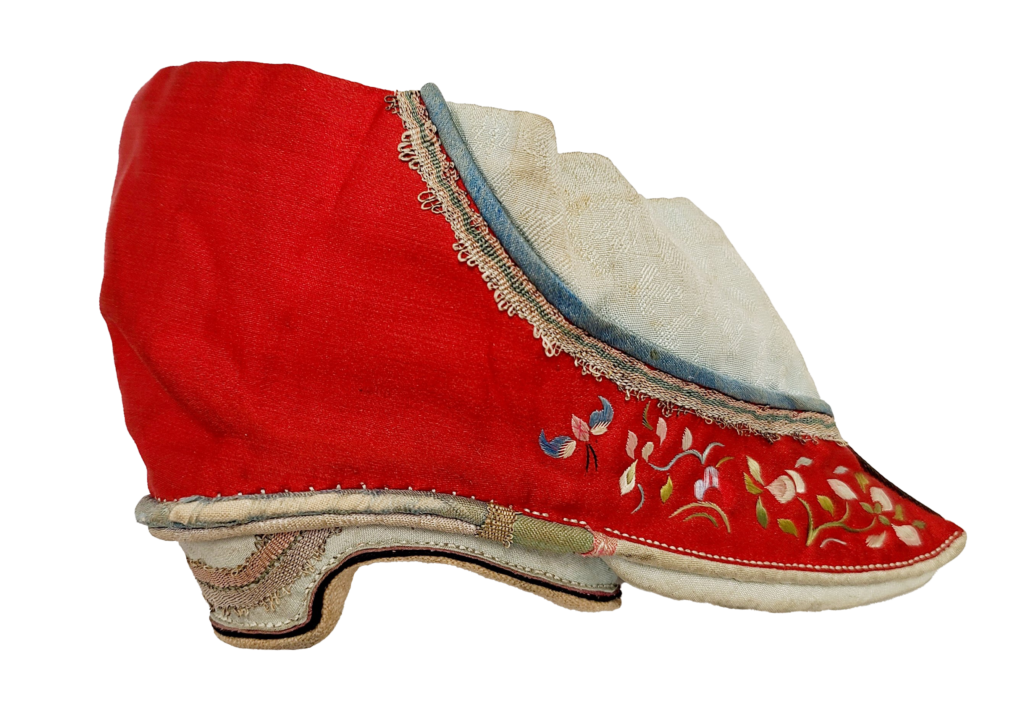
China has one of the oldest civilizations in the world. Through discussion, images, hands-on artifacts, and activities, students will learn about Buddhism, Confucianism, the Silk Road, Qin dynasty, silk production, and other lasting Chinese achievements.
Time required: 1.5 hours.
Japanese – Kodomo No Hi/Children’s Day
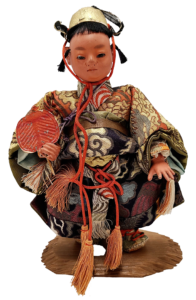
Children’s Day is a special holiday in Japan just for children. Using images, hands-on artifacts, activities, and discussion, students will be introduced to the purpose, foods, kites, and dolls used on this day to celebrate children. A craft project can be added for an additional fee.
Time required: 1 to 1.5 hours
Japanese – Ancient Japan
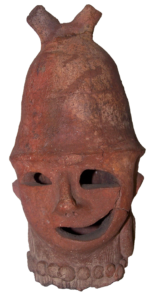
For a very long time Japan was an isolated kingdom. Students will explore the geography, Shintoism, and feudal system of ancient Japan using images, hands-on artifacts, activities, and discussion.
Time required: 1.5 hours
